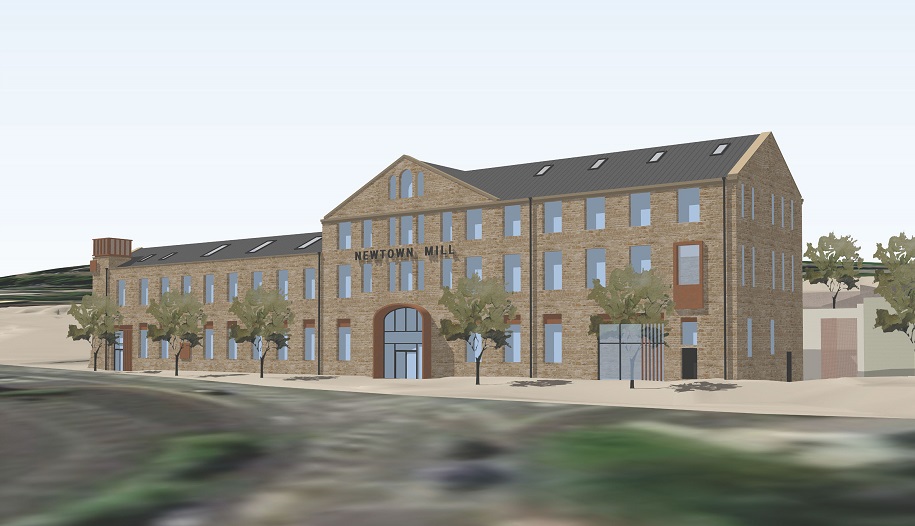UCLan’s Newtown Mill set for students in January
Burnley’s Newtown Mill is expected to become a cornerstone of the town’s wider regeneration, with the council hoping similar statement projects will establish the town as a destination for education and skills development.
The University of Central Lancashire will be its “major beneficiary”, according to UCLan’s vice-chancellor, Professor Graham Baldwin.
A completion date has not yet been confirmed for the project but students are expected to be using the facilities by January.
Across three floors, the building will contain two lecture theatres with capacities of 140 and 150 students, a computer cluster, a café with seating, 17 seminar rooms, and eight larger teaching rooms.
The one-acre site will serve as an extension to UCLan’s canalside campus, located within the Weaver’s Triangle.
The mill, previously Burnley Ironworks, will host the university providing education facilities, exhibition space, social spaces, and business to public engagement areas.
Baldwin said: “We get the opportunity for progression into local jobs and a chance to develop an international community.”
“We can provide a university education [to local students] without them needing to leave their area.”
At Friday’s Bondholder’s Event, Burnley’s political representatives were keen to show off the tangible benefits that the completed Newtown Mill would bring to all aspects of the town’s development.
It is hoped that the university will attract more young people and innovation to the town while also improving the educational outcomes of local young adults.
From inside the building, the melding of the old Mill’s frame with modern interior elements – such as a statement entranceway and stepped seating – opens up the mill to light and provides a middle ground between the town’s proud industrial heritage and its forward-looking ambitions of student-led regeneration.
Speaking from the Mill’s cavernous main atrium, Lukman Patel, chief executive of Burnley Council, said: “This historic town is now a university town.”
The project is being undertaken by the university with Burnley Council and Barnfield Construction.
Barnfield Construction and Burnley Council have been in partnership since 2012 and are hoping to extend the partnership for the next five years.
The Leeds-Liverpool Canal is a development hotspot in Burnley due to its potential to link multiple ongoing developments in the town.
Designed by DAY Architectural, the Mill has a conservative frontage to meld with other historic buildings nearby.
The rear of the building has a contemporary design which when complete would lead out onto a landscaped public realm.
The ground floor has been fitted out with large windows to complement those on the second floor.
A soft fit-out will also be undertaken before students move into the space in January.
Kate Ingram, director of economy and development at Burnley Council, highlighted the importance of design consistent with the town’s architecture. She noted: “Heritage informs where we’re going in the future.”
The project team includes Ridge, Crookes Walker Consulting, Millar Goodhall, Keystone Heritage, Sustainably Built, TPM Landscape, RJD Associates, and Mode Transport.
To view the planning application, use the reference FUL/2022/0260 in Burnley Council’s planning portal.



